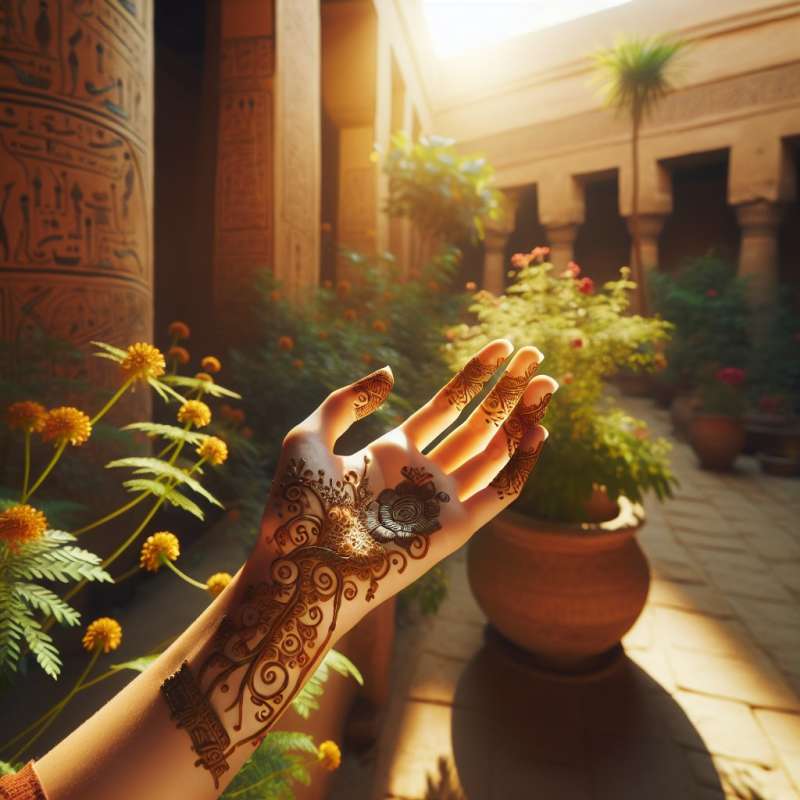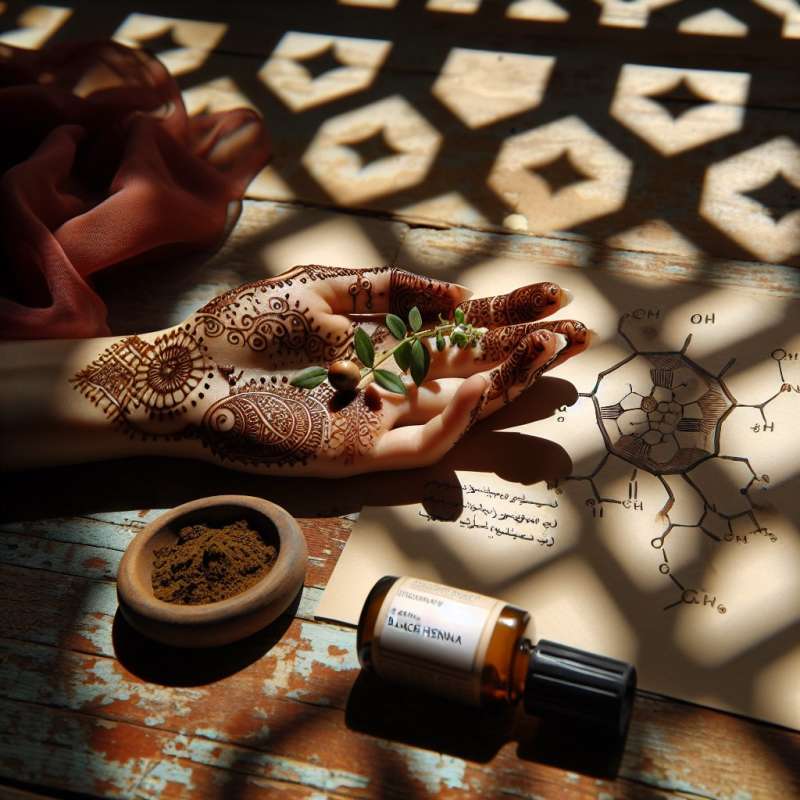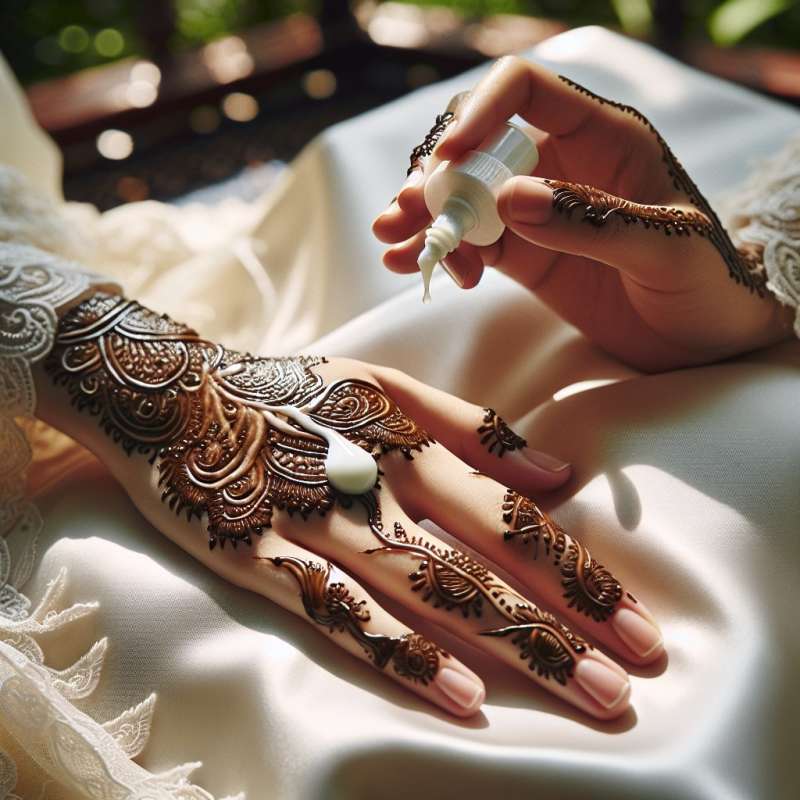
Henna Origin and History
Henna, derived from the Lawsonia inermis plant, has been used for over 5,000 years. Originating in ancient Egypt, it spread to India, the Middle East, and North Africa, used in rituals and celebrations.
Cultural Significance of Henna
In many cultures, henna is more than body art. It symbolizes good health, fertility, and prosperity. Traditionally applied during weddings, especially in Hindu and Muslim ceremonies, it's believed to bring blessings to the couple.
The Science of Henna Dye
Henna's dye molecule, lawsone, binds with keratin in the skin. This natural coloring process is safe for most, but a 'black henna' containing PPD can cause allergic reactions and should be avoided.
Application and Design Complexity
Applying henna requires skill; intricate designs can take hours. Patterns vary by region, with Indian henna known for fine lines and floral motifs, while Arabic designs are bolder and more geometric.
Henna in Contemporary Use
Today, henna is a popular form of temporary body art globally. It's also used in hair dyes and skin care products. Modern henna 'tattoos' are a hit at festivals, parties, and as fashion statements.
Henna Aftercare and Longevity
Proper aftercare is crucial for a lasting stain. Avoiding water for the first 24 hours and applying oils can enhance color depth. A good henna application might last up to three weeks.
Environmental Impact of Henna
Henna farming is generally sustainable, using minimal pesticides. However, as global demand increases, it's crucial to ensure ethical sourcing to prevent overharvesting and maintain the ecological balance.
Where did henna originally come from?
Ancient India and Africa
Ancient Egypt
Middle East only
Company